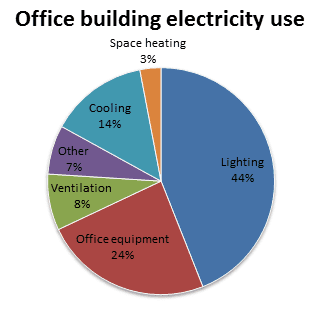After a series of events in Brussels in April, is Europe now ready to commit to energy efficiency for 2020?
The EU Sustainable Energy Week (EUSEW) organized over 700 events across Europe to show, promote, discuss and celebrate energy efficiency and renewable energy. There were a number of events held in Brussels attracting 30,000 attendees, including a 3-day policy conference organized by the European Commission where they announced the next steps to deploy smart grids throughout Europe.
The Alliance to Save Energy (ASE) and the European Alliance to Save Energy (EU-ASE) co-hosted the Energy Efficiency Global 2011 as an official EUSEW side-event. The Energy Efficiency Global Forum (EE Global), now in its fourth year, is a launching pad for ideas that change the energy landscape, bringing together high-level officials from government, business and NGOs.
EU targets
Europe 2020 is a set of five ambitious objectives – on employment, innovation, education, social inclusion and climate/energy – to be reached by 2020. The aim is for the EU to become a smart, sustainable and inclusive economy enabling EU and the Member States to deliver high levels of employment, productivity and social cohesion.
Climate Action, EU action against climate change is an integrated energy and climate change policy. The goal is to set Europe on the right track towards a sustainable future with a low-carbon, energy-efficient economy by:
- cutting greenhouse gases by 20% (30% if international agreement is reached)
- reducing energy consumption by 20% through increased energy efficiency
- meeting 20% of our energy needs from renewable sources.
EU not set to reach 2020 target
In 2006 the European Commission adopted an Action Plan for Energy Efficiency with the objective of controlling and reducing energy demand, and to take targeted action on consumption and supply in order to save 20% of annual consumption by 2020. Although substantial steps have been taken towards this objective (mainly in the appliances and buildings sector), recent Commission estimates suggest that the Union is actually only on course to achieve half of the desired savings. It is therefore essential for the EU to act now to get back on track to achieve the 2020 targets. The Commission has recently published a comprehensive Energy Efficiency Plan which aims to provide a holistic approach to identifying and realizing the savings potential.
The Commission has outlined a two-step approach to targeting in the 2011 Energy Efficiency Plan. The first stage will assess the national energy efficiency targets and programmes set by Member States and how they might contribute to the overall EU target. In 2013, the Commission will provide an assessment of the results obtained and whether the programmes will deliver the European 20% objective. If the 2013 review shows that the overall EU target is unlikely to be achieved, then as a second stage the Commission will propose legally binding national targets for 2020.
The biggest culprits
With nearly 40% of final energy consumption being in houses, public and private offices, shops and other buildings, the greatest energy savings and energy efficiency potential can be achieved through the renovation of this existing building stock.
Office buildings consume the most energy of all commercial building types. Lighting is the biggest consumer of electricity followed by office equipment.

There are tried and tested solutions available today to help reduce the 24% electricity consumption of office equipment.
Cut PC energy by 40%
PCs and monitors use almost three quarters the energy of all office equipment. For offices where the majority of PCs and monitors are left switch on overnight and at weekends a 40% reduction in energy consumption is achievable with PC and laptop power management.







